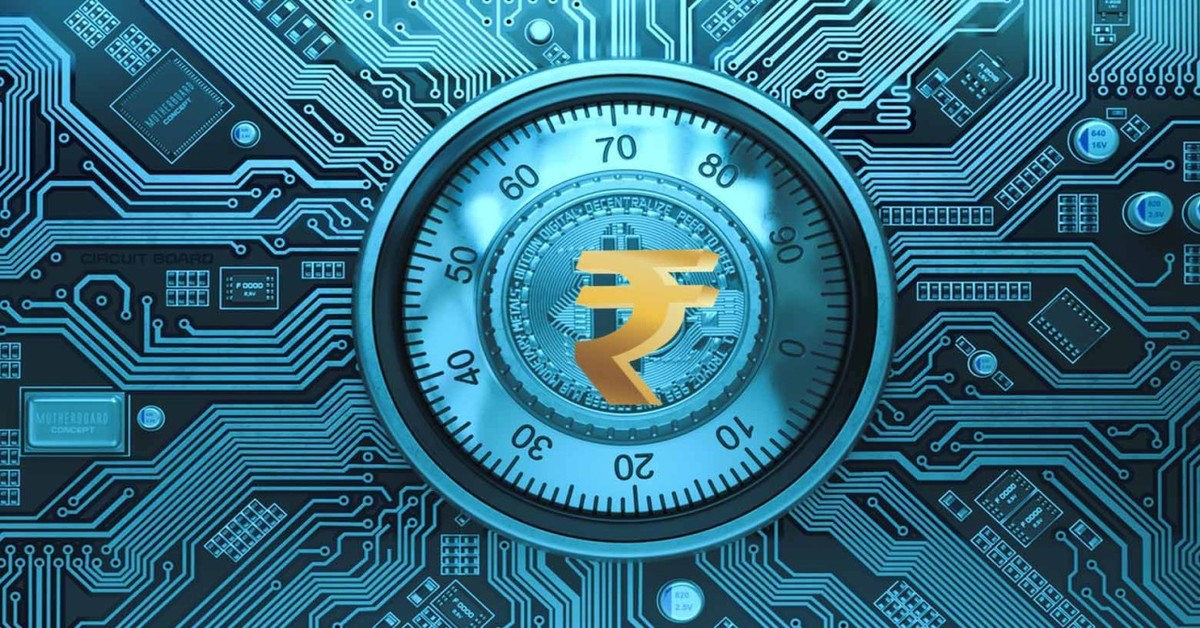What you need to know about digital rupee

The government has proposed Central Bank Digital Currency (CBDS) in Budget 2022, which will promote the digital economy. The Reserve Bank of India is developing a digital rupee which is expected to be launched in a year.
This article will cover all the fundamental aspects of the digital rupee.
What is a CBDC?
The central bank of a country issues CBDC or Central Bank Digital Currency. In India, RBI will issue a digital rupee or CBDC and regulate it. It will be a digital form of the Indian rupee, and individuals can exchange physical currency with digital currency.
So, one rupee in the physical form will equal one digital rupee.
Difference between CBDC and digital payment
Many of us use digital payments, such as net banking or UPI, to transfer and receive money. So, the difference between the digital rupee and digital payments may seem confusing.
Experts say that CBDC may work as a payment token. This would take the shape of a digital wallet where users may store CBDCs, which are like bank accounts but do not pay any interest.
However, you may not need a savings account to make online payments when you have digital currency. Plus, you may not need any digital payment options that come with bank savings accounts.
Benefits of digital rupee
CBDCs could also help payment systems become more real-time and cost-effectively globalised. Digital rupee may allow Indian exporters to get digital rupee from a US importer in real-time and without depending on formal banking hours and time zones.
The CBDC can provide individuals with advantages such as liquidity, scalability, acceptance, transaction convenience and speedier settlement.
The Reserve Bank of India (RBI) can minimise operational costs by replacing a percentage of the cash in circulation with a digital rupee. According to a market estimate, the price of each Rs 100 note in its four-year life cycle is around Rs 15-17 rupee. The process comprises a series of new notes printed and soiled notes returned to the RBI by commercial banks.
Unlike totally anonymous currency, they will construct a digital rupee so that the central bank can track expenditure to prevent money laundering.
Differences between cryptocurrency and CBDC
Cryptocurrencies are decentralised, meaning there is no one issuer or debt liability. Blockchain technology, which is the backbone of cryptocurrency and CBDC, by its very nature, is not centralised. This means that all of its information is stored on a network of computers. Digital Rupee will have a slightly different structure than cryptocurrency, as it won’t be decentralised because the RBI will issue it and regulate digital rupee.
Cryptocurrencies are considered an investment. Individuals can buy a cryptocurrency unit and sell it when its value increases. However, the digital rupee will be a medium of exchange and not an investment option.
The government has announced a 30% tax on gains from cryptocurrencies. However, such taxes won’t apply to the digital rupee. The other cryptocurrencies are considered digital assets, and the digital rupee would be a legal tender.
Conclusion
The introduction of the digital rupee may be the first step towards a cashless economy. It may also reduce money laundering and bring about financial inclusion.
To understand the overall working of the digital rupee, we will have to wait for further clarity from the government.

